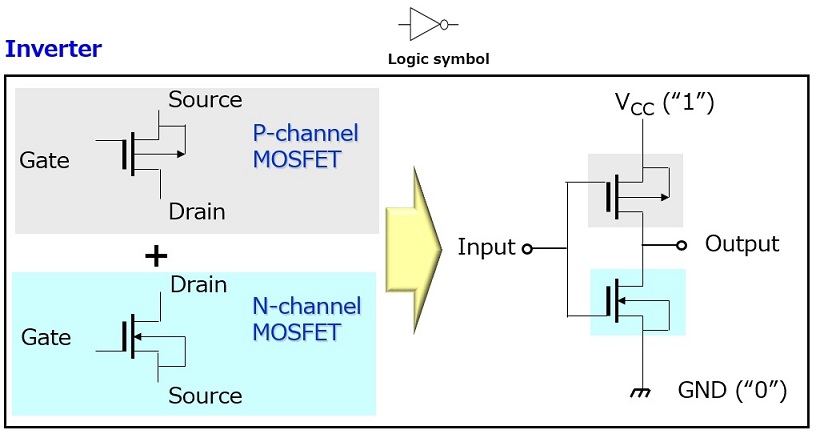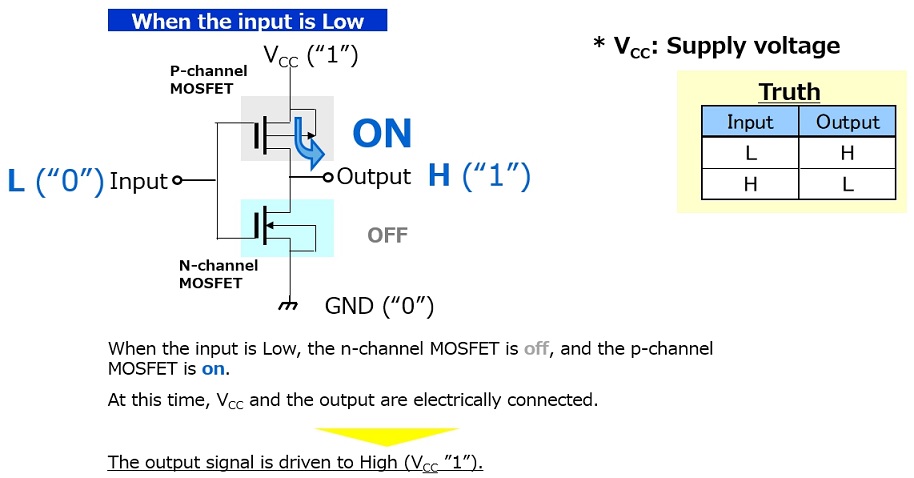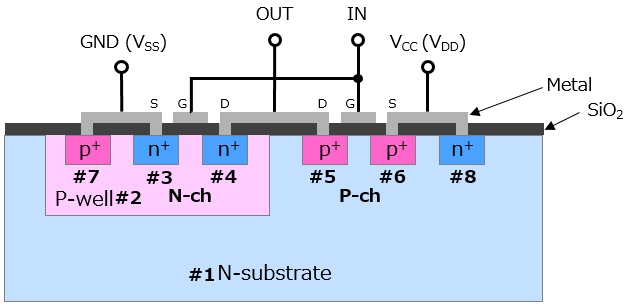- 型号 & 关键词搜索
- 交叉搜索
- 参数搜索
- 库存查询与购买
This webpage doesn't work with Internet Explorer. Please use the latest version of Google Chrome, Microsoft Edge, Mozilla Firefox or Safari.
请输入3个以上字符 Search for multiple part numbers fromhere.
The information presented in this cross reference is based on TOSHIBA's selection criteria and should be treated as a suggestion only. Please carefully review the latest versions of all relevant information on the TOSHIBA products, including without limitation data sheets and validate all operating parameters of the TOSHIBA products to ensure that the suggested TOSHIBA products are truly compatible with your design and application.Please note that this cross reference is based on TOSHIBA's estimate of compatibility with other manufacturers' products, based on other manufacturers' published data, at the time the data was collected.TOSHIBA is not responsible for any incorrect or incomplete information. Information is subject to change at any time without notice.
请输入3个以上字符
CMOS逻辑IC基本操作
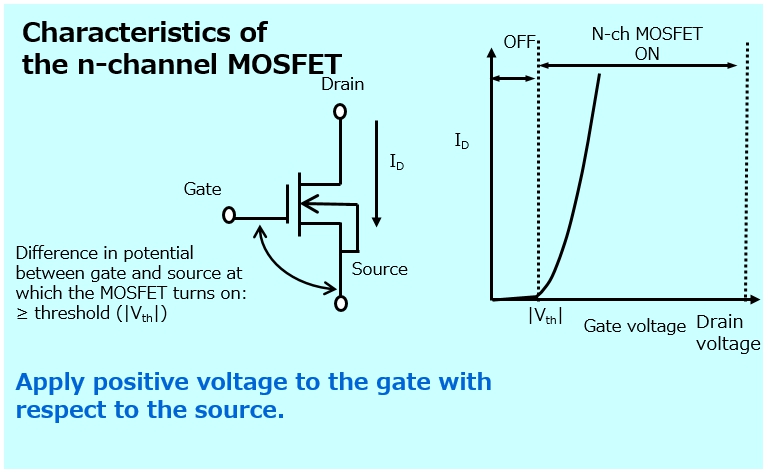
当MOSFET的栅极-源极电压超过某个电压(阈值电压,|Vth|)时,漏极-源极电阻减小,使得MOSFET导通。这种漏极-源极电阻称为导通电阻。
n沟道和p沟道MOSFET的栅极和源极之间施加的电压方向不同。下图显示了MOSFET导通的条件。
N沟道MOSFET:当栅极电压比源极电压高|Vth|时,n沟道MOSFET导通。
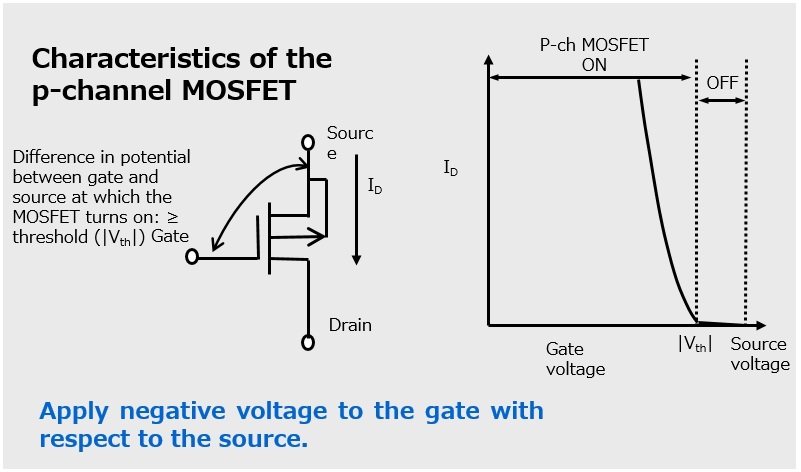
P沟道MOSFET:当栅极电压比源极电压低|Vth|时,p沟道MOSFET导通。
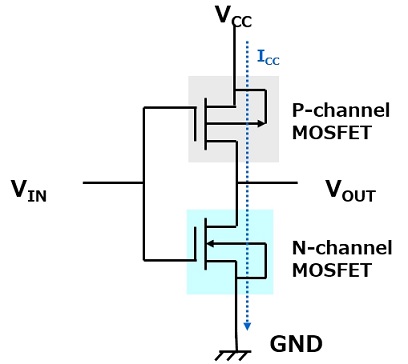
下图显示了反相器,它是CMOS逻辑IC的基本组成部分。
当VIN处于VCC或GND电平时,p沟道或n沟道MOSFET均关断。因此,VCC和GND之间只有很小的电流(ICC)流过。当输入处于稳定状态时(处于VCC或GND电平),ICC非常低。
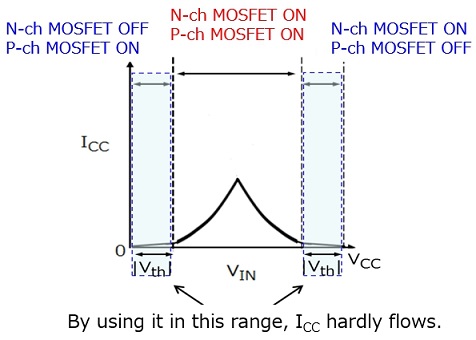
下图显示了CMOS的VIN-ICC曲线。
当VIN介于0和|Vth|之间或VCC-|Vth|和VCC之间时,VCC和GND之间只有很小的电流(ICC)流过。但是,当VIN介于|Vth|和VCC-|Vth|之间时,直通电流从p沟道MOSFET到n沟道MOSFET,从而增加了ICC。因此,应注意确保避免对于VIN的输入变化过慢。


